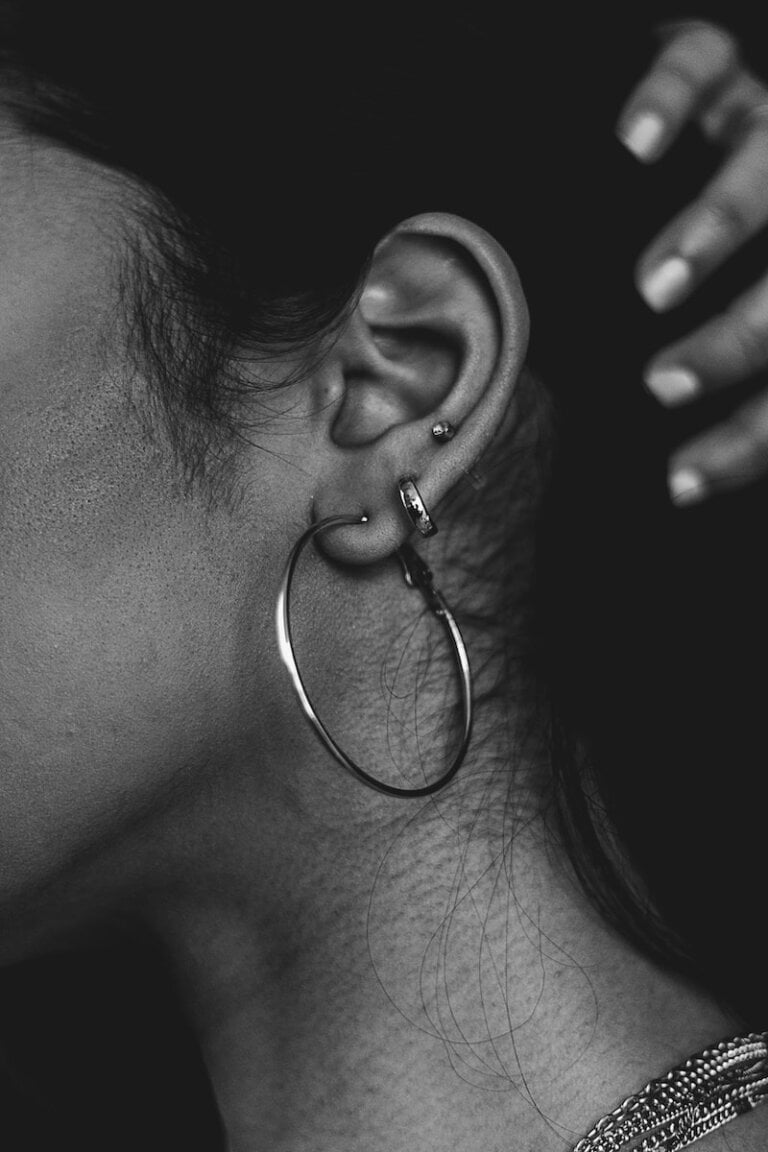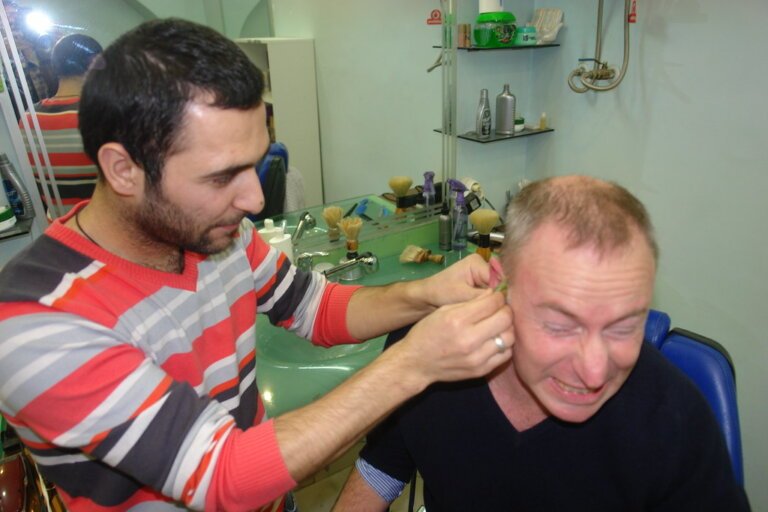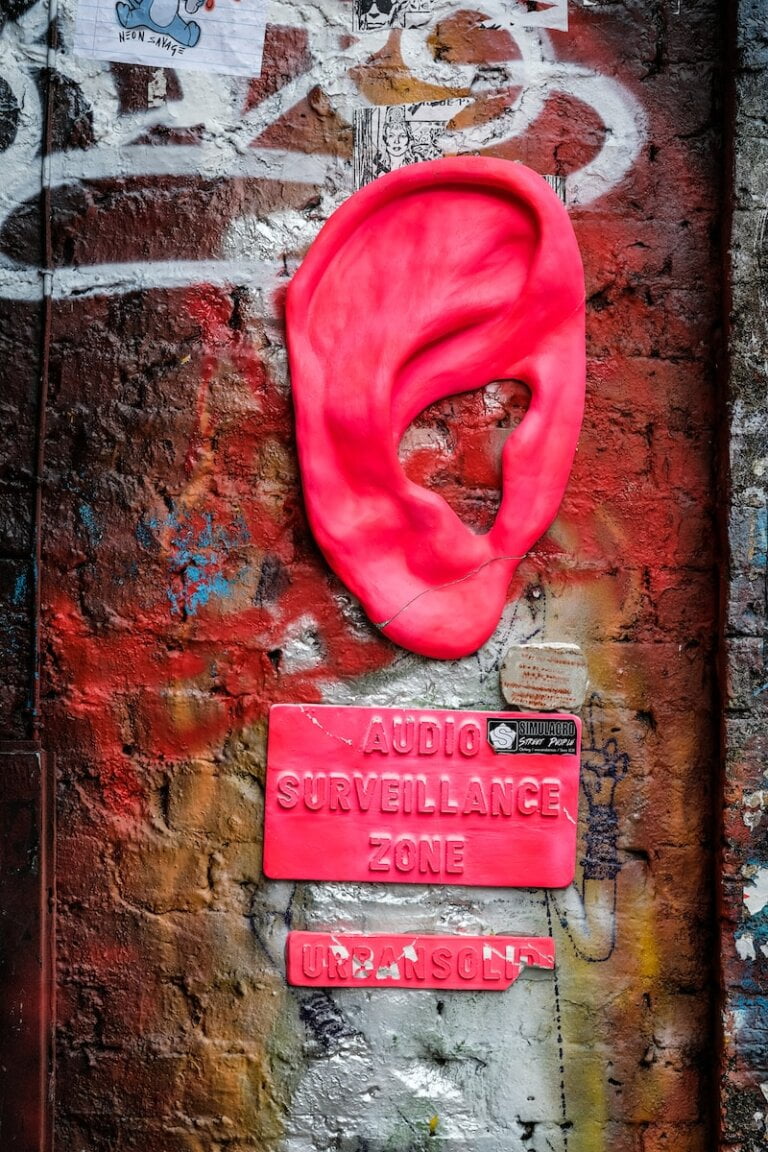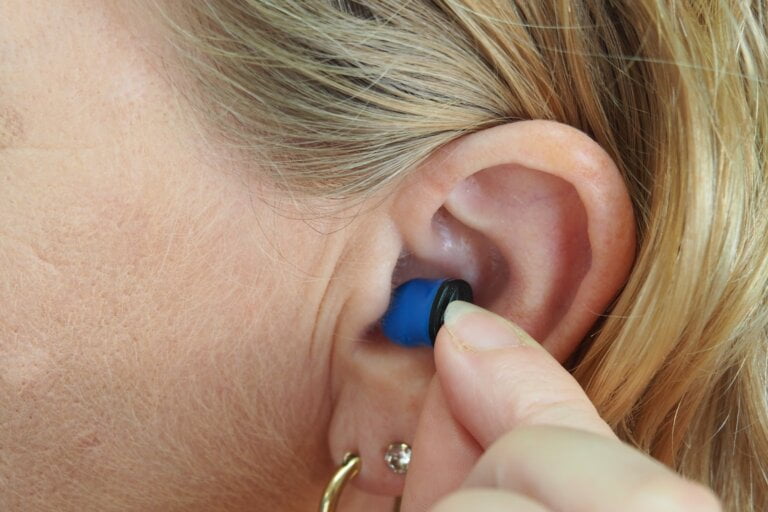Comparing Success Stories in Manual Instrument Ear Wax Removal
Ear wax buildup is a common issue that can cause discomfort, hearing loss, and even infections. To address this problem, many individuals turn to manual instrument ear wax removal methods. In this article, we will compare different success stories of individuals who have tried various manual instrument techniques to remove ear wax.
Method 1: Ear Wax Removal Drops
One popular method of manual instrument ear wax removal involves the use of ear wax removal drops. These drops are designed to soften the wax, making it easier to remove. Many individuals have found success with this method. Here are some success stories shared by individuals who have used ear wax removal drops:
- Laura’s Story: Laura had been experiencing muffled hearing for weeks. After researching various methods, she decided to try ear wax removal drops. She followed the instructions and applied the drops as directed. After a few days, she noticed a significant improvement in her hearing. The wax became softer, allowing her to easily remove it with a cotton swab.
- Mark’s Story: Mark had a history of ear wax buildup, which often resulted in temporary hearing loss. He decided to try ear wax removal drops on the recommendation of a friend. Mark used the drops for a week and was amazed at the results. The wax softened and easily came out without any discomfort. He now regularly uses ear wax removal drops to prevent future buildup.
Ear wax removal drops contain ingredients such as hydrogen peroxide or glycerin that help soften and loosen the wax. These drops are generally safe to use and can provide relief from symptoms like muffled hearing and ear congestion. It is important to follow the instructions provided with the drops and not exceed the recommended dosage.
When using ear wax removal drops, it is advisable to tilt the head to the side and gently instill a few drops into the affected ear. Allow the drops to remain in the ear for the recommended duration, usually a few minutes. This allows the drops to penetrate the wax and soften it. Afterward, gently tilt the head back or use a cotton swab to remove the softened wax. Avoid using cotton swabs too deeply in the ear canal to prevent injury.
Method 2: Microsuction
Another manual instrument method for ear wax removal is microsuction. This technique involves a gentle suction to remove the ear wax. Here are a couple of success stories from individuals who have tried microsuction:
- Sarah’s Story: Sarah had been struggling with ear wax buildup for years. She had tried various methods with little success. After reading about microsuction , she decided to give it a try. Sarah booked an appointment to visit an Audiologist, and have the procedure performed . She now uses microsuction as her preferred method for ear wax removal, as she found it the most safe and quick method.
- Michael’s Story: Michael had a stubborn ear wax blockage that was causing him discomfort and affecting his hearing. After consulting with an Audiologist, he was advised to try microsuction. Michael then scheduled an appointment with the Audiologist to have the wax removed . He reports to being very surprised with how painless and quick the procedure was. Michael now recommends microsuction to anyone struggling with ear wax buildup.
Microsuction is a technique that can be done by a healthcare professional such as an Audiologist. It involves the gentle suction to remove the ear wax. This method can be effective for removing stubborn or impacted wax that may not respond to other methods. This method is preferred in comparison to methods such as irrigation. Irrigation is whereby, pressurised water is inserted into the ear canal. This method can lead to many side effects, such as ear infections or perforated ear drums.
Method 3: Manual Ear Wax Removal Tools
Some individuals prefer using manual ear wax removal tools to tackle ear wax buildup. These tools include ear picks, curettes, and loops, which are designed to safely remove ear wax. Let’s explore a couple of success stories from individuals who have utilised manual ear wax removal tools:
- Emily’s Story: Emily had been experiencing ear congestion and reduced hearing due to excessive ear wax. She decided to try a manual ear wax removal tool after researching different options. Emily used a loop to carefully extract the wax from her ear canal. The process was gentle and painless. She was amazed at the amount of wax that came out, and her hearing improved significantly.
- John’s Story: John had always struggled with frequent ear wax buildup. He had tried various methods but found manual ear wax removal tools to be the most effective. John used a curette to gently scrape away the excess wax. The tool provided precise control, allowing him to remove the wax without causing any damage. He now uses the curette regularly to maintain proper ear hygiene.
Manual ear wax removal tools can be effective for individuals who prefer a hands-on approach. These tools are designed to safely remove wax without causing harm to the ear canal. Ear picks, for example, have a slim, curved end that can be used to scoop out wax from the ear canal. Curettes, on the other hand, have a small scoop or loop at the end that can be used to gently scrape away wax.
When using manual ear wax removal tools, it is essential to exercise caution and avoid inserting them too deeply into the ear canal. Inserting the tools too far can potentially damage the eardrum or cause injury. It is recommended to use these tools on the outer portion of the ear canal and avoid pushing them beyond where you can see.
Additionally, it is important to ensure that the tools are clean and sterilised before use to prevent the introduction of bacteria or infection. Clean the tools with mild soap and water or an alcohol-based solution. Avoid using sharp or pointed objects as ear wax removal tools, as they can pose a risk of injury.
In conclusion, manual instrument ear wax removal methods have proven to be successful for many individuals. Whether using ear wax removal drops, microsuction, or manual ear wax removal tools, it is crucial to follow the instructions carefully and exercise caution to avoid any harm to the ear. It is always advisable to consult an Audiologist if you have any concerns or persistent ear wax issues.







